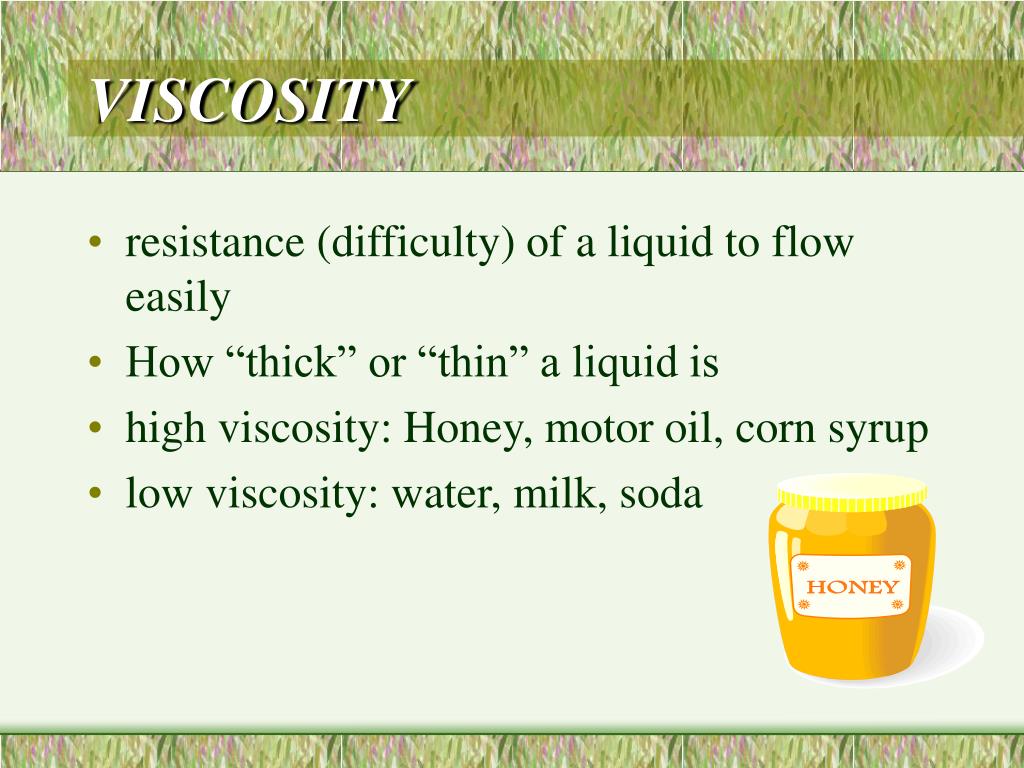

Low viscosity liquids demonstrate unique properties that make them ideal for certain applications. They have lower thickness or stickiness compared to high viscosity liquids. Low viscosity liquids are liquids that have a low resistance to flow and exhibit low internal friction. Furthermore, knowledge of viscosity is critical in formulating lubricants, coatings and other materials that require specific flow properties. It’s an essential parameter that needs to be taken into account when designing and optimizing industrial processes, such as mixing, pumping and transportation of liquids. Understanding viscosity is critical to fluid applications in various fields, including manufacturing, engineering and medicine. Shear rate: Increasing the shear rate, or the measure of how fast a liquid is being deformed, tends to decrease viscosity.Pressure: High pressure can increase viscosity, while low pressure can decrease it.

Temperature: The viscosity of liquids generally decreases as temperature increases.Several factors can affect the viscosity of a liquid, including:

The most commonly used unit for measuring viscosity is the poise, named for the French physicist Jean Luis Marie Poiseuille, who made significant contributions to the study of fluid dynamics. Viscosity is typically measured using a viscometer, which is a device that determines how fast a liquid flows through it under certain conditions. It’s a critical property of liquids that affects their behavior in various applications. Simply put, it is the measure of the thickness or stickiness of a liquid. The silica content of magma affects not only the shape of the volcano but the style of eruption, whether an eruption will be lava that flows, or a magma that blows (up).Viscosity is a property of liquids that describes their resistance to flow. This means that mafic lavas can flow faster than intermediate or felsic lavas. In the case of magmas or lavas, the hotter the lava, the easier it flows, and the less silica that is present, the lower the viscosity (see right side of the diagram in Figure 9.7). The temperature of lava also affects the viscosity think of how ketchup from your refrigerator flows and how ketchup stored in your pantry flows of these two fluids, the colder ketchup has the higher viscosity. Why does the silica content (the amount of linked tetrahedra) of magma matter so much? A large amount of linked silica tetrahedra will result in magma or lava that is very viscous, meaning that it cannot flow easily ( viscosity means resistance to flow). This means that magmas that can crystallize quartz will have a lot of these tetrahedra linked in the magma, whereas mafic magmas which do not contain enough silicon to crystallize quartz, will instead crystallize minerals that have fewer linked tetrahedra. The bonds that link these tetrahedra are strong, and magma temperatures are not high enough to break these bonds. What is important about this figure is what happens to the silica tetrahedra when quartz melts Figure 9.8B shows that even though the crystal structure is lost (the regularly repeated structure is gone), the tetrahedral links are maintained, albeit distorted. Note that this is a 2-dimensional diagram of a 3-dimensional structure, and there are a lot more tetrahedra connected in the area above and behind the typed page. Figure 9.8A shows how the silica tetrahedra are linked to form the mineral quartz. The lower temperature minerals (quartz, muscovite and orthoclase) have more linked tetrahedra than the high-temperature minerals (olivine and pyroxene). All silicate minerals have crystal structures containing silica tetrahedron (a silicon atom linked to four oxygen atoms), and these silica tetrahedra can be linked in a variety of ways to form sheets, linked chains, or a 3-dimensional framework.
#Low viscosity meaning series#
Recall that most of the minerals in igneous rocks are silicate minerals, and all of the minerals shown in Bowen’s Reaction Series belong to the silicate mineral group. We need to review the mineral content of these rocks, because igneous rocks are the crystallized result of cooled magma, and the minerals that form during cooling depend on the chemical composition of the magma for example, a mafic magma will form a mafic rock containing a large amount of the ferromagnesian minerals pyroxene and amphibole, but will not contain quartz (the mineral that is always present in felsic rocks) For example, ultramafic rocks are igneous rocks composed primarily of olivine and a lesser amount of calcium-rich plagioclase and pyroxene, whereas quartz, muscovite and potassium feldspar are the typical minerals found in felsic rocks (Figure 9.7). In the chapter on igneous rocks, you learned that the igneous rock classification is in part based on the mineral content of the rock.


 0 kommentar(er)
0 kommentar(er)
